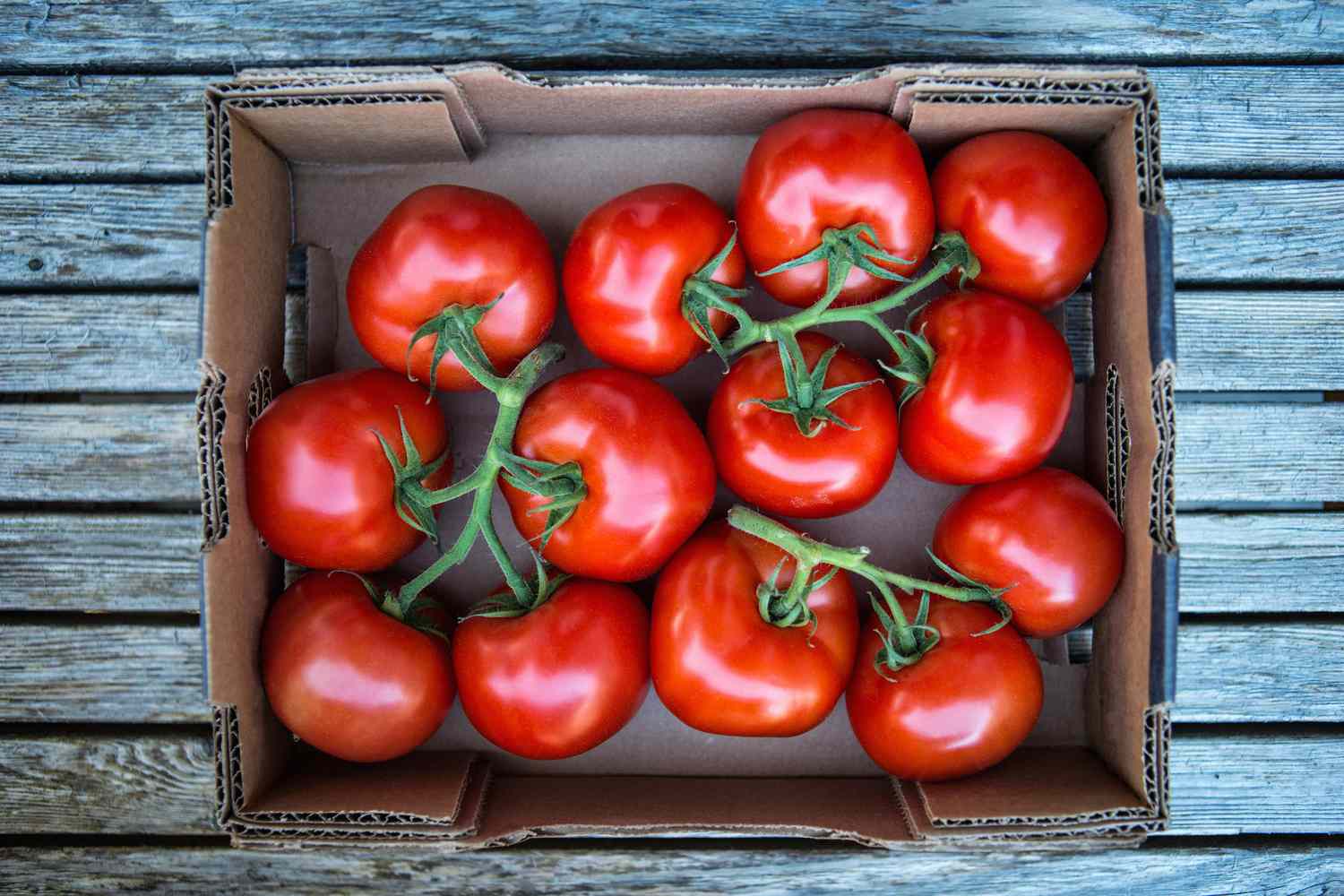

Articles
How To Store Tomatoes To Last Longer
Modified: December 7, 2023
Learn effective techniques to store tomatoes and extend their shelf life. Read our informative articles for tips and tricks on how to keep your tomatoes fresh for longer.
(Many of the links in this article redirect to a specific reviewed product. Your purchase of these products through affiliate links helps to generate commission for Storables.com, at no extra cost. Learn more)
Introduction
Tomatoes are a delicious and versatile fruit that can be used in a wide variety of dishes. Whether they are fresh from the garden or bought from the grocery store, tomatoes need to be stored properly to ensure they last as long as possible. Proper storage not only extends their shelf life, but also helps to maintain their flavor and texture.
In this article, we will delve into the world of tomato storage and discuss various methods to keep your tomatoes fresher for longer. We will explore how to prepare tomatoes for storage, the different types of containers you can use, and the optimal storage conditions for both room temperature and refrigeration. Additionally, we will explore the option of freezing tomatoes and provide tips to help extend their shelf life.
By following these guidelines, you can ensure that your precious tomatoes stay fresh and tasty, allowing you to enjoy them in salads, sauces, sandwiches, and a variety of other culinary creations.
Key Takeaways:
- Preserve the Freshness: Properly prepare, store, and monitor your tomatoes to extend their shelf life. Choose the right containers, avoid moisture, and handle with care to savor the vibrant flavors for longer.
- Versatile Storage Options: From room temperature to refrigeration and freezing, explore various methods to store tomatoes. Maximize their usage by canning or making sauces, and enjoy their deliciousness in diverse culinary creations.
Read more: How To Store Peaches To Last Longer
Understanding Tomato Storage
Before we dive into the specifics of tomato storage, it’s important to understand the factors that affect their shelf life. Tomatoes are sensitive to temperature, humidity, and exposure to air, all of which can accelerate the process of ripening and spoilage.
Tomatoes are typically classified into two categories: determinate and indeterminate. Determinate tomatoes, also known as bush tomatoes, produce a finite number of fruit and tend to ripen all at once. Indeterminate tomatoes, on the other hand, continue to produce fruit throughout the growing season and can ripen at different times.
Understanding the ripeness of your tomatoes is crucial for proper storage. Tomatoes that are fully ripe or overripe are more susceptible to spoilage and should be used or stored differently than those that are unripe or partially ripe.
Unripe tomatoes, also known as green or hard tomatoes, can be stored for a longer period compared to ripe tomatoes. They will continue to ripen gradually, so it’s important to keep an eye on their progress to ensure they don’t become overly ripe.
Ripe tomatoes, on the other hand, are best consumed within a few days to a week. They are at their peak flavor and texture and should be stored using methods that slow down the ripening process.
Now that we have a basic understanding of tomato ripeness and the factors that affect their shelf life, let’s move on to the next section, where we will discuss how to prepare tomatoes for storage.
Preparing Tomatoes for Storage
Properly preparing your tomatoes before storage is crucial in maintaining their quality and extending their shelf life. Follow these steps to ensure your tomatoes are ready for storage:
- Inspect your tomatoes: Before storing, carefully inspect each tomato for any signs of damage, bruising, or mold. Remove any affected tomatoes as they can speed up the spoilage process.
- Sort based on ripeness: Separate your tomatoes into different groups based on their ripeness. Group together ripe tomatoes that need to be used soon, partially ripe ones that can be stored for a few days, and unripe ones that can be stored for longer periods.
- Remove stems and leaves: Trim off any stems and leaves from the tomatoes. This helps to prevent moisture buildup and reduces the chance of mold growth.
- Gently wash and dry: If your tomatoes are dirty, gently rinse them under cool water. Pat them dry with a clean towel or allow them to air dry completely before storage. Excess moisture can promote rotting.
- Avoid bruising: Handle your tomatoes with care to avoid bruising or puncturing the skin. Damaged tomatoes are more prone to spoilage.
- Consider storing in single layers: If you have an abundance of ripe tomatoes, consider storing them in a single layer instead of stacking them on top of each other. This reduces the chance of bruising and prevents excessive weight from crushing the tomatoes.
By following these preparation steps, you’ll ensure that your tomatoes are in optimal condition for storage, promoting longevity and maintaining their quality. Now that your tomatoes are prepped, let’s move on to the next section, where we will discuss the different types of storage containers to use.
Choosing the Right Storage Container
When it comes to storing tomatoes, choosing the right storage container is key to preserving their freshness and preventing damage. Here are some options to consider:
- Baskets or mesh bags: Opt for breathable containers such as baskets or mesh bags. These allow for air circulation and help prevent moisture buildup, which can lead to mold and rot. Avoid airtight plastic bags or containers, as they trap moisture and can accelerate spoilage.
- Paper bags: Paper bags are another good option for storing tomatoes. They provide a bit more protection than mesh bags and still allow for some airflow. Place the tomatoes in a single layer in the bag, then fold the top loosely to allow for ventilation.
- Cardboard boxes: If you have a larger quantity of tomatoes, cardboard boxes can be a practical choice. Line the box with some paper towels to absorb excess moisture, then arrange the tomatoes in a single layer, making sure they don’t touch each other. Cover the box loosely with a lid or plastic wrap to protect the tomatoes.
- Glass jars: Glass jars are suitable for storing tomato sauce, purees, or canned tomatoes. Ensure that the jars are properly sealed and sterilized before use. Remember to follow proper canning techniques to ensure food safety and prevent spoilage.
Regardless of the container you choose, it’s important to store the tomatoes in a cool, dark place away from direct sunlight. This helps to slow down the ripening process and prolong their shelf life. Avoid storing tomatoes near other fruits such as bananas or apples, as these produce ethylene gas, which can accelerate ripening and spoilage.
Now that we have covered the container options, let’s explore how to store tomatoes at room temperature.
Storing Tomatoes at Room Temperature
Tomatoes can be stored at room temperature if the conditions are suitable. Here are some guidelines to follow:
- Choose the right location: Find a cool, well-ventilated area in your home to store your tomatoes. A pantry or countertop away from direct sunlight is ideal.
- Avoid refrigeration for ripe tomatoes: Ripe tomatoes should not be stored in the refrigerator as the cold temperature can alter their texture and affect their flavor. Instead, use them within a few days to enjoy them at their peak.
- Monitor ripeness: Keep a close eye on your tomatoes and check for any signs of overripening or spoilage. Remove any tomatoes that show signs of deterioration to prevent them from spoiling the others.
- Store stem-side down: Place your tomatoes stem-side down to help prevent moisture loss and prolong their quality. This also helps to prevent the tomato from developing a mushy or mealy texture.
- Check regularly: Regularly inspect your stored tomatoes for any changes in ripeness or signs of mold. This allows you to promptly use or discard any tomatoes that may be nearing the end of their shelf life.
Storing tomatoes at room temperature allows them to continue ripening gradually and can enhance their flavor. However, keep in mind that tomatoes stored at room temperature will have a shorter shelf life compared to those stored in the refrigerator. If you have a large quantity of ripe tomatoes or need to extend their shelf life, refrigeration may be a better option.
Now let’s explore the process of storing tomatoes in the refrigerator as an alternative option.
Store tomatoes at room temperature, away from direct sunlight. Keep them stem side down to prevent moisture loss and store away from other fruits to prevent ripening.
Read more: How To Store Spinach To Last Longer
Storing Tomatoes in the Refrigerator
While room temperature storage is preferred for ripe tomatoes, there are instances where refrigeration can come in handy. Here’s how to store tomatoes in the refrigerator:
- Choose slightly underripe tomatoes: Refrigeration can help slow down the ripening process. Consequently, it’s best to store slightly underripe tomatoes in the refrigerator, as they will continue to ripen gradually without becoming overly soft or mushy.
- Wrap individual tomatoes: To help prevent moisture loss and maintain their flavor, individually wrap each tomato in a paper towel or place them in a perforated plastic bag.
- Store in a crisper drawer: Place the wrapped tomatoes in the crisper drawer of your refrigerator. The higher humidity in this compartment helps to retain moisture and prolong the tomatoes’ shelf life.
- Avoid overcrowding: Make sure to leave enough space between the tomatoes in the crisper drawer to allow for airflow. Overcrowding can create a humid environment and increase the risk of rotting.
- Use within a week: Refrigerated tomatoes have a longer shelf life compared to those stored at room temperature. However, it’s still best to use them within a week for optimal flavor and texture.
It’s important to note that refrigeration can affect the texture of tomatoes, causing them to become softer. While this might not be suitable for certain dishes where texture is important, refrigeration can still be a viable option for tomatoes that are on the verge of overripening and need to be preserved.
Now that we’ve covered both room temperature and refrigeration storage methods, let’s move on to explore how to use the freezer for tomato storage.
Using the Freezer for Tomato Storage
The freezer can be a great option for preserving tomatoes for an extended period. Freezing tomatoes allows you to store them for several months while retaining their flavor and nutritional value. Here’s how to freeze tomatoes:
- Blanch the tomatoes: Start by blanching the tomatoes to help loosen their skins. Bring a pot of water to a boil and carefully place the tomatoes in the boiling water for about 30 seconds to 1 minute, or until the skins start to crack.
- Cool and peel: Remove the tomatoes from the boiling water and immediately transfer them to a bowl of ice water. Allow them to cool for a few minutes, then gently peel off the skin. The blanching process makes the peeling much easier.
- Remove excess moisture: Cut the peeled tomatoes in half and gently squeeze them to remove excess moisture. This step helps prevent ice crystals from forming and maintains a better texture when thawed.
- Choose storage containers: Decide whether you want to freeze the tomatoes whole, in halves, or in smaller pieces. Choose suitable containers such as airtight freezer bags, freezer-safe containers, or even ice cube trays if you prefer smaller portions.
- Label and store: Place the tomatoes in the chosen containers, leaving some headspace for expansion as they freeze. Label the containers with the date and contents, and then place them in the freezer.
- Thawing and using frozen tomatoes: When you’re ready to use the frozen tomatoes, simply transfer them to the refrigerator to thaw overnight or thaw them in a microwave at a low power setting. Thawed tomatoes are best used in cooked dishes such as sauces, soups, or stews.
Freezing tomatoes is a convenient way to preserve their flavor and can be a great option when you have an abundance of ripe tomatoes that need to be used. However, keep in mind that the texture of thawed tomatoes may be softer, making them less suitable for fresh applications like salads.
Now that we’ve explored freezing as a storage option, let’s move on to some additional tips to help you extend the shelf life of your tomatoes.
Tips for Extending Tomato Shelf Life
Here are some additional tips and tricks to help you extend the shelf life of your tomatoes:
- Handle with care: Tomatoes are delicate fruits that can easily bruise or puncture. Handle them gently to avoid any damage that could lead to spoilage.
- Keep them dry: Moisture can cause tomatoes to decay quickly. Make sure to store them in a dry environment and avoid washing them until you’re ready to use them.
- Store away from ethylene-producing fruits: Ethylene gas speeds up the ripening process and can cause tomatoes to spoil more quickly. Keep tomatoes away from fruits like bananas and apples, which produce ethylene gas.
- Consider canning or making tomato sauce: If you have a surplus of tomatoes, consider canning or making tomato sauce. This preservation method allows you to enjoy the fruits of your labor even when fresh tomatoes are out of season.
- Regularly check and use ripe tomatoes: Ripe tomatoes have a shorter shelf life, so it’s essential to keep an eye on them and use them promptly to avoid waste.
- Rotate tomatoes: If you have multiple tomatoes stored, rotate them regularly. This ensures that older tomatoes are used first before they have a chance to spoil.
- Store cut tomatoes properly: If you have cut tomatoes that need to be stored, place them in an airtight container and store them in the refrigerator. Use them within a day or two for the best taste and quality.
- Frequently clean storage containers: Regularly clean and sanitize the storage containers to prevent the growth of mold and bacteria.
By following these tips, you can extend the shelf life of your tomatoes and reduce food waste. Remember, freshness is key when it comes to enjoying the full flavor and nutrition of tomatoes.
Now, armed with these storage tips and techniques, you can confidently store your tomatoes and savor their deliciousness for longer periods. Don’t let those vibrant, juicy tomatoes go to waste when you can enjoy their bright flavors in your favorite recipes!
With these strategies for storing tomatoes, you can now make the most out of your fresh, garden-grown or store-bought tomatoes, ensuring that they stay delicious and vibrant for longer periods. So go ahead, stock up on tomatoes and put your newfound knowledge to use!
Conclusion
Proper tomato storage is essential for preserving their freshness, flavor, and texture. Whether you have an abundance of homegrown tomatoes or bought them from the store, understanding the best storage methods will help you make the most out of this versatile fruit.
By following the tips outlined in this article, you can extend the shelf life of your tomatoes and reduce food waste. From preparing tomatoes for storage to choosing the right storage containers and exploring different storage methods like room temperature, refrigeration, and freezing, you now have a range of options to keep your tomatoes fresh and flavorful.
Remember to handle tomatoes with care, store them in suitable containers, and keep them in the right environment. Regularly check for signs of spoilage, use ripe tomatoes promptly, and consider canning or making tomato sauce to enjoy a taste of summer all year round.
With these strategies and tips for tomato storage, you can now confidently store and use your tomatoes efficiently, ensuring that they stay delicious and vibrant for longer periods. So go ahead, grab some tomatoes, and get creative in the kitchen!
Enjoy the bountiful flavors of tomatoes in your salads, sauces, sandwiches, and countless other culinary creations, knowing that you have the knowledge to store and preserve them for maximum freshness. Making the most of your tomatoes has never been easier!
Frequently Asked Questions about How To Store Tomatoes To Last Longer
Was this page helpful?
At Storables.com, we guarantee accurate and reliable information. Our content, validated by Expert Board Contributors, is crafted following stringent Editorial Policies. We're committed to providing you with well-researched, expert-backed insights for all your informational needs.
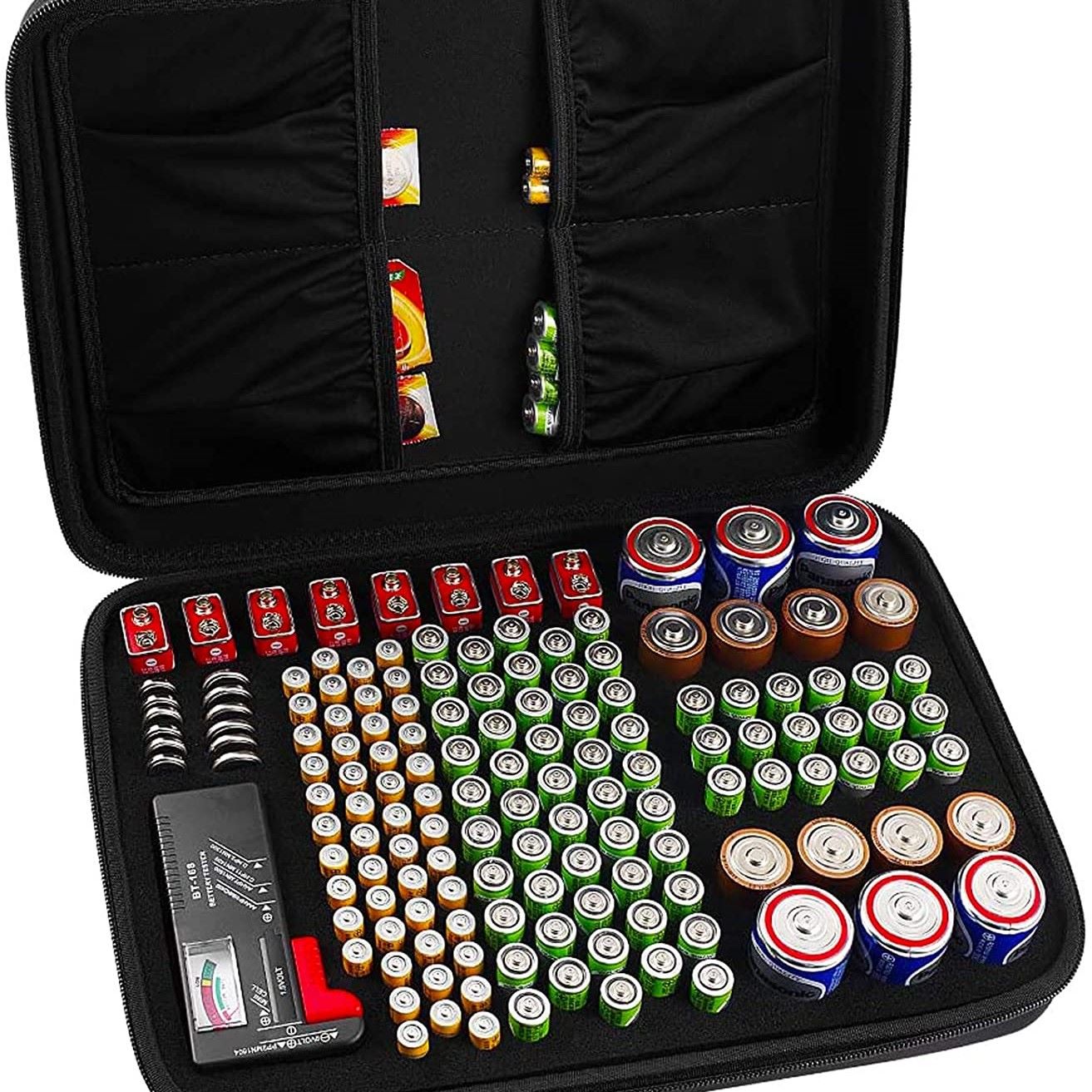
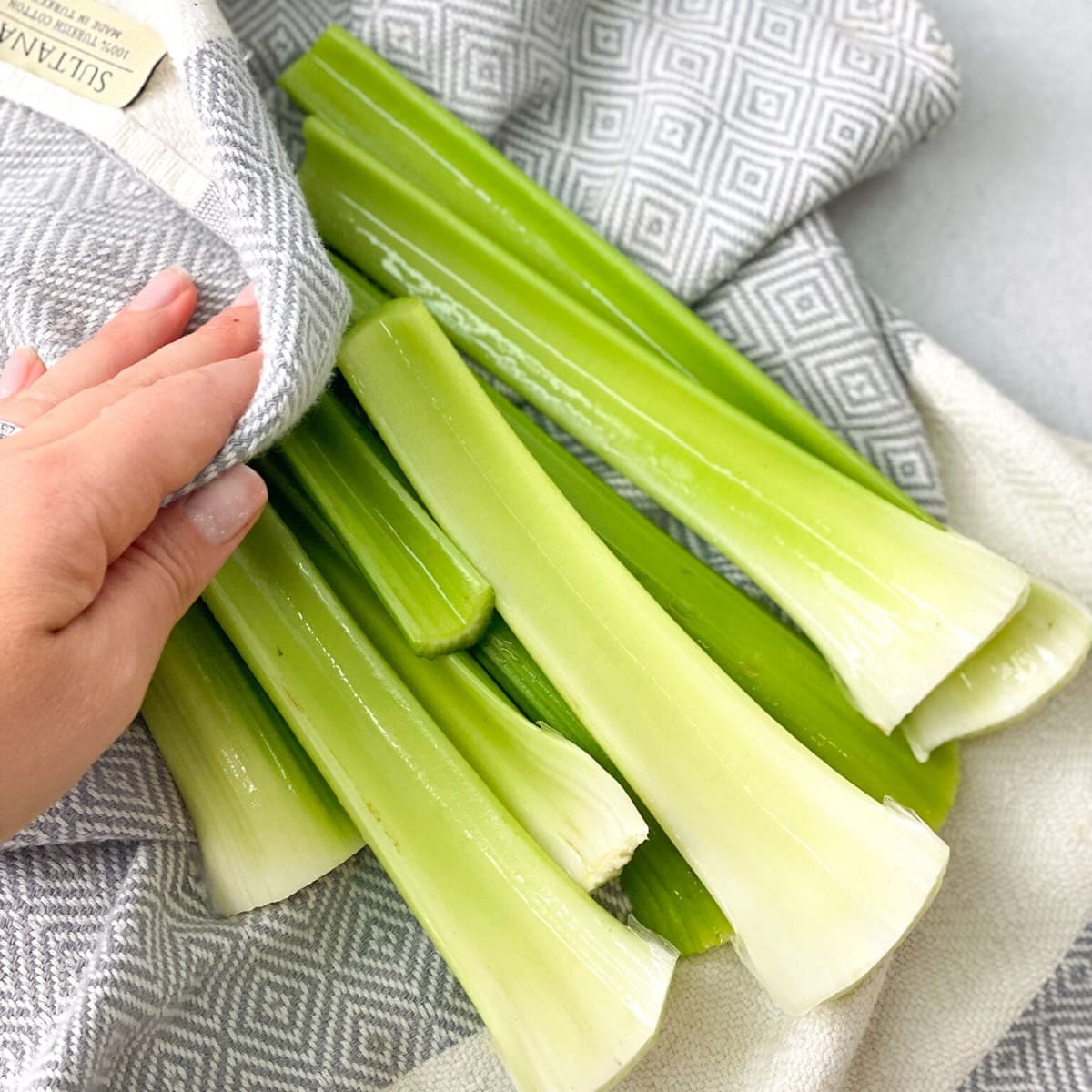

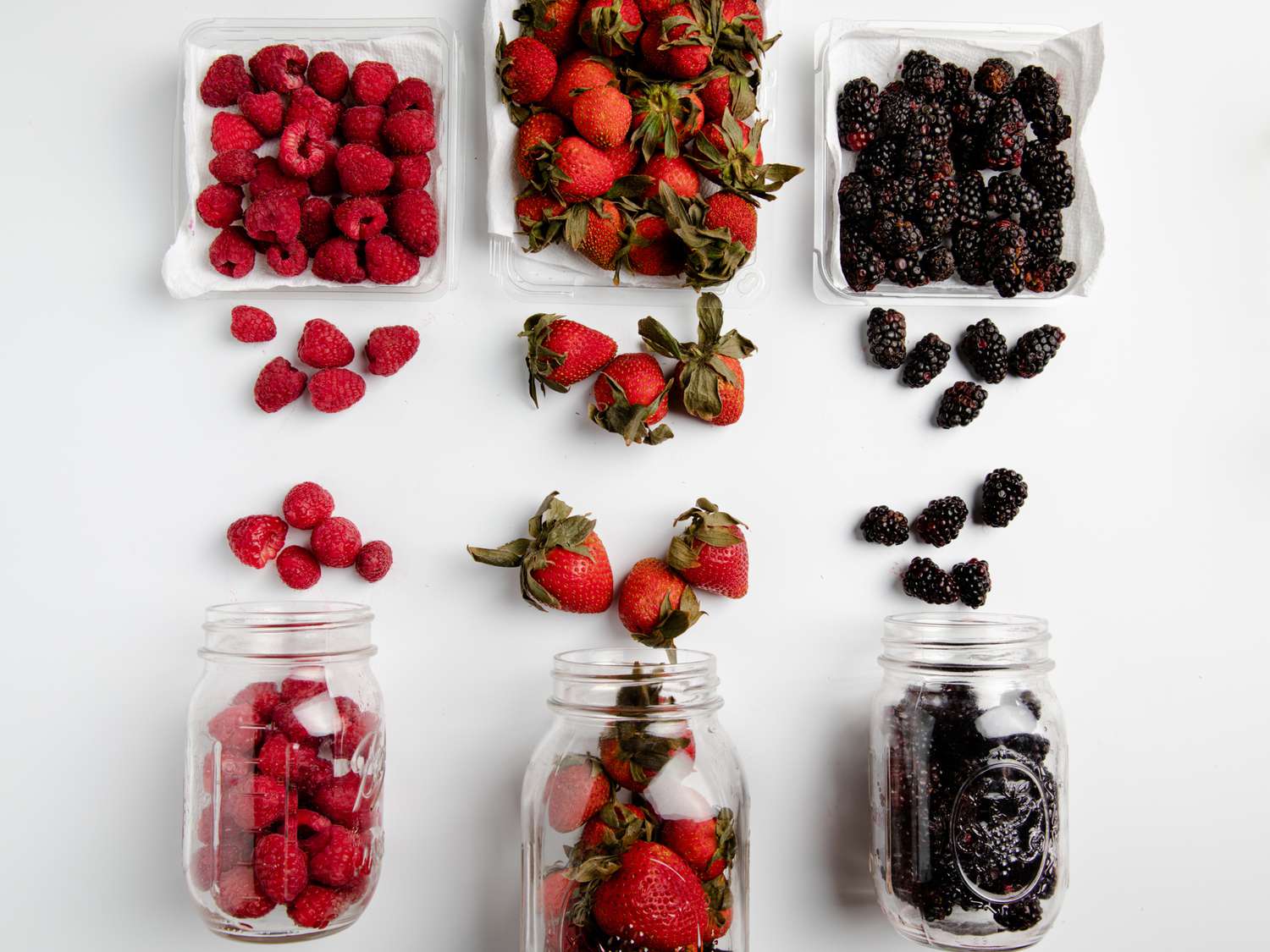
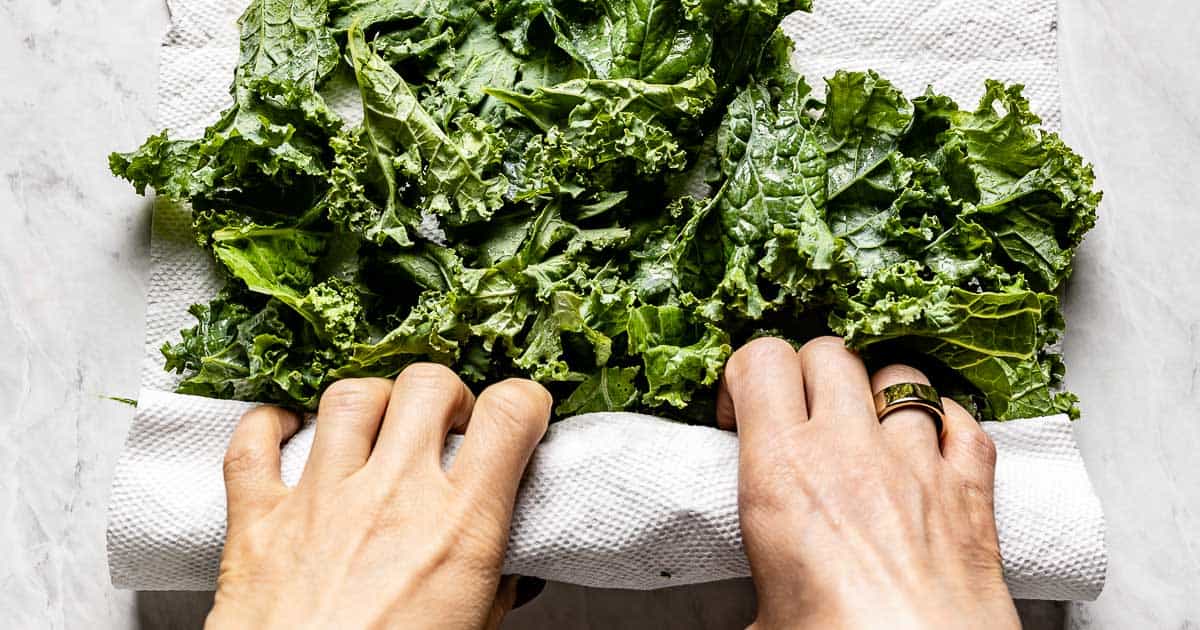
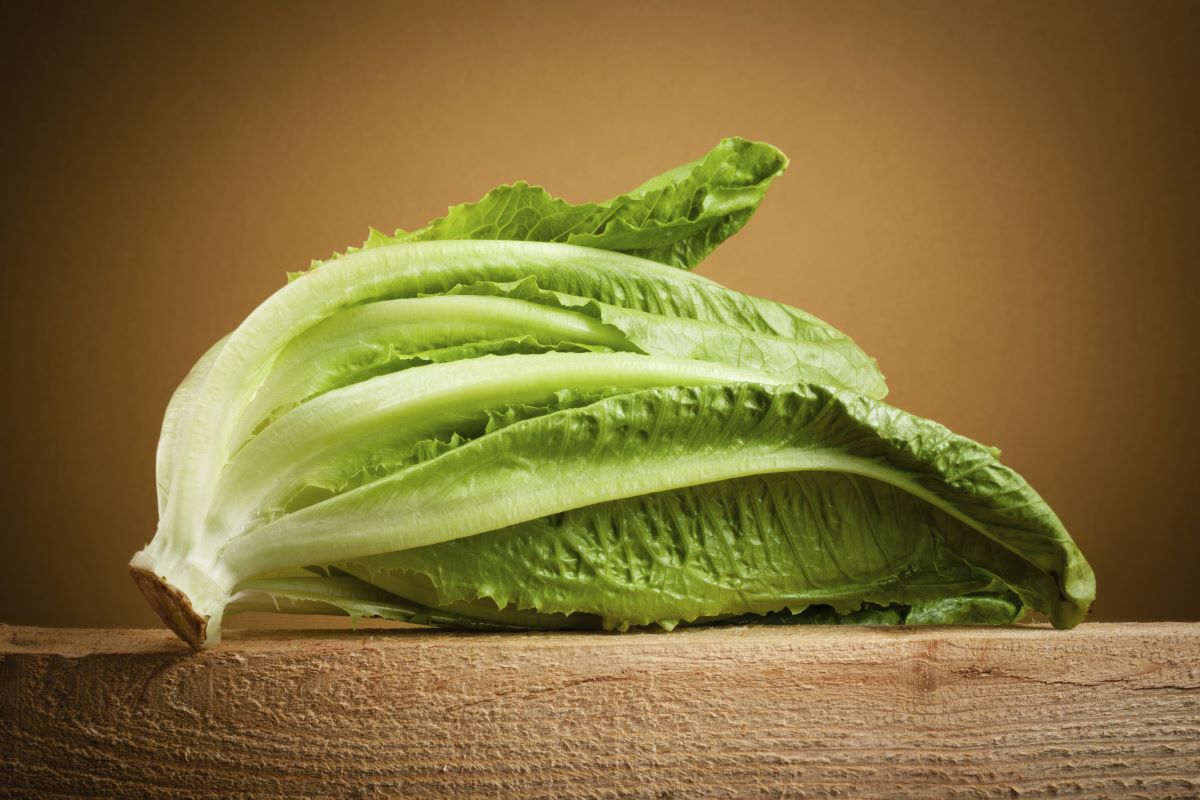
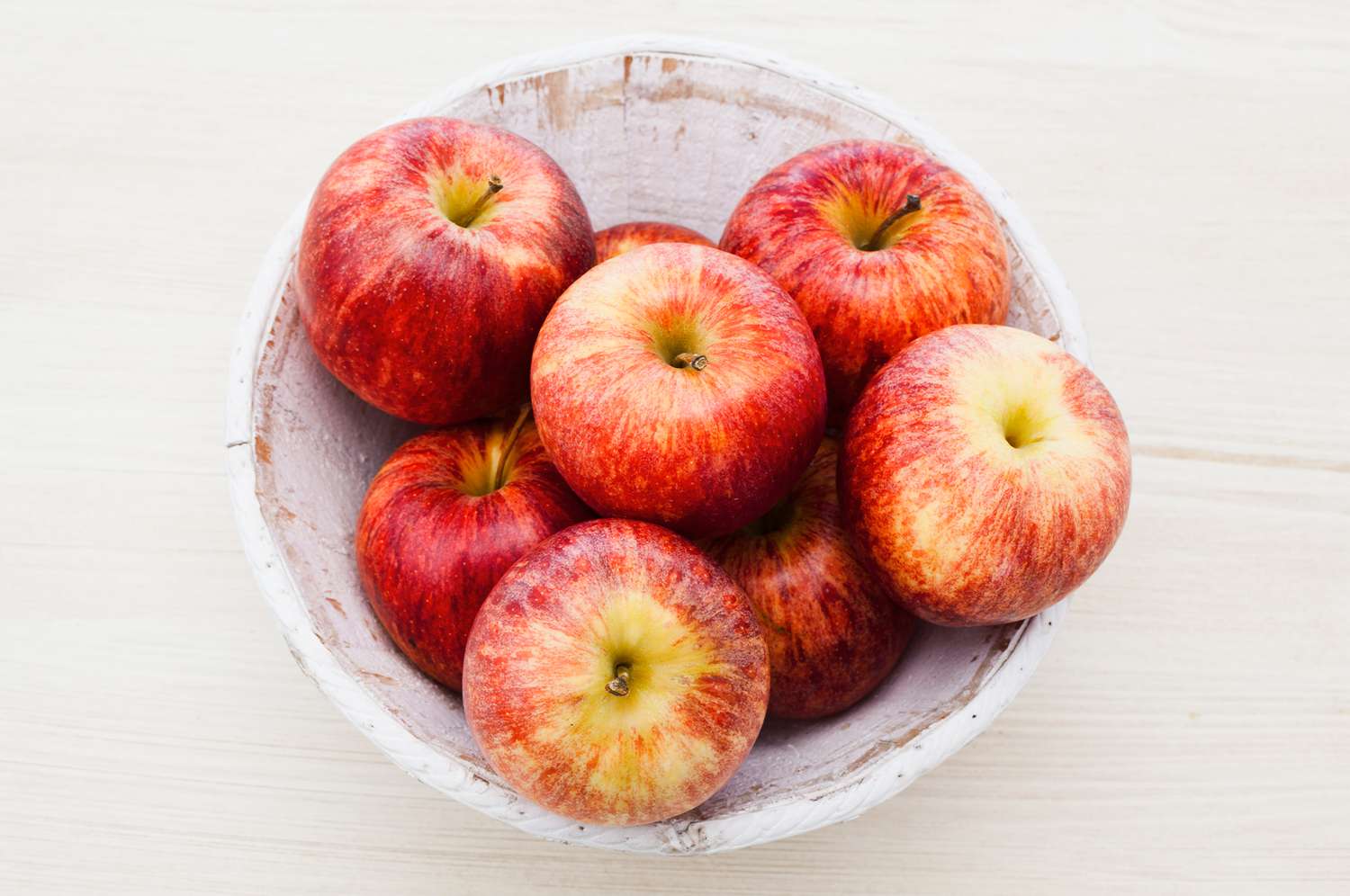
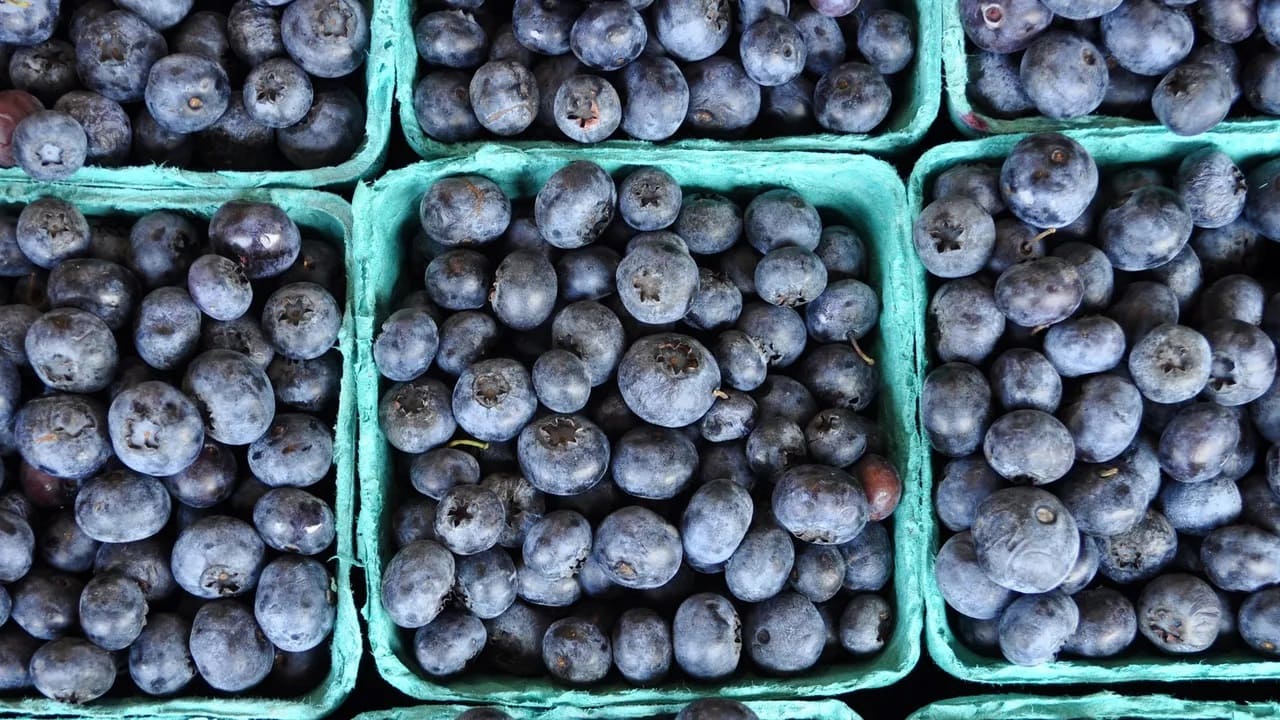
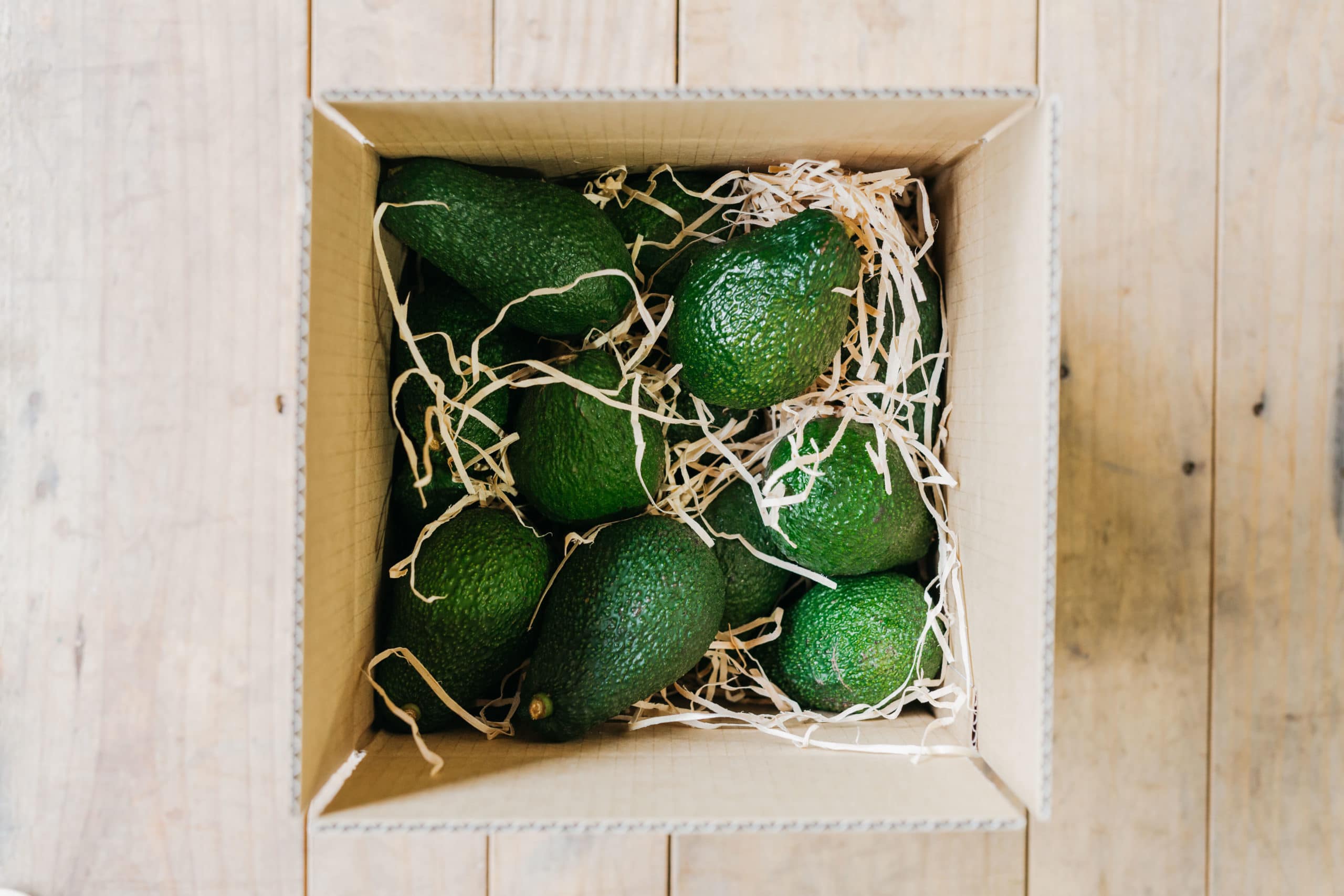
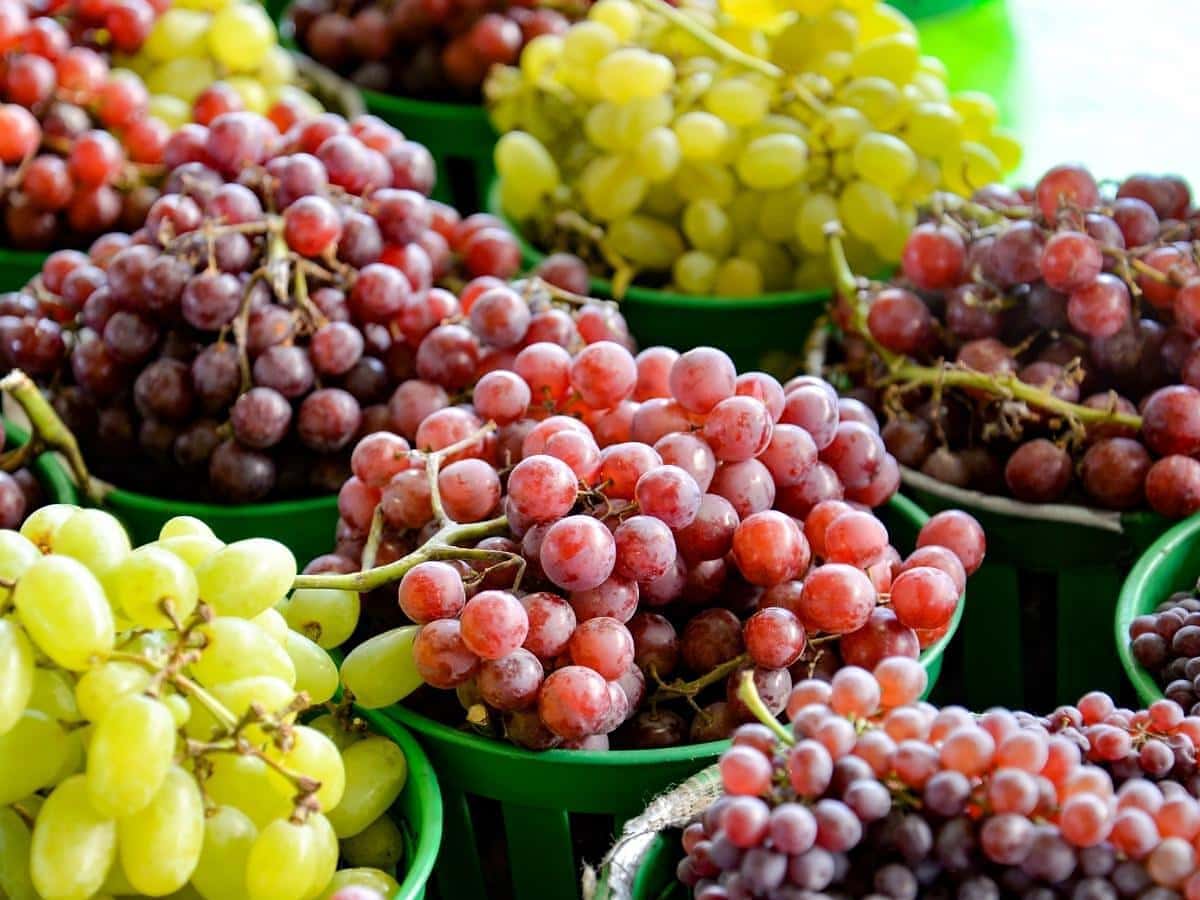
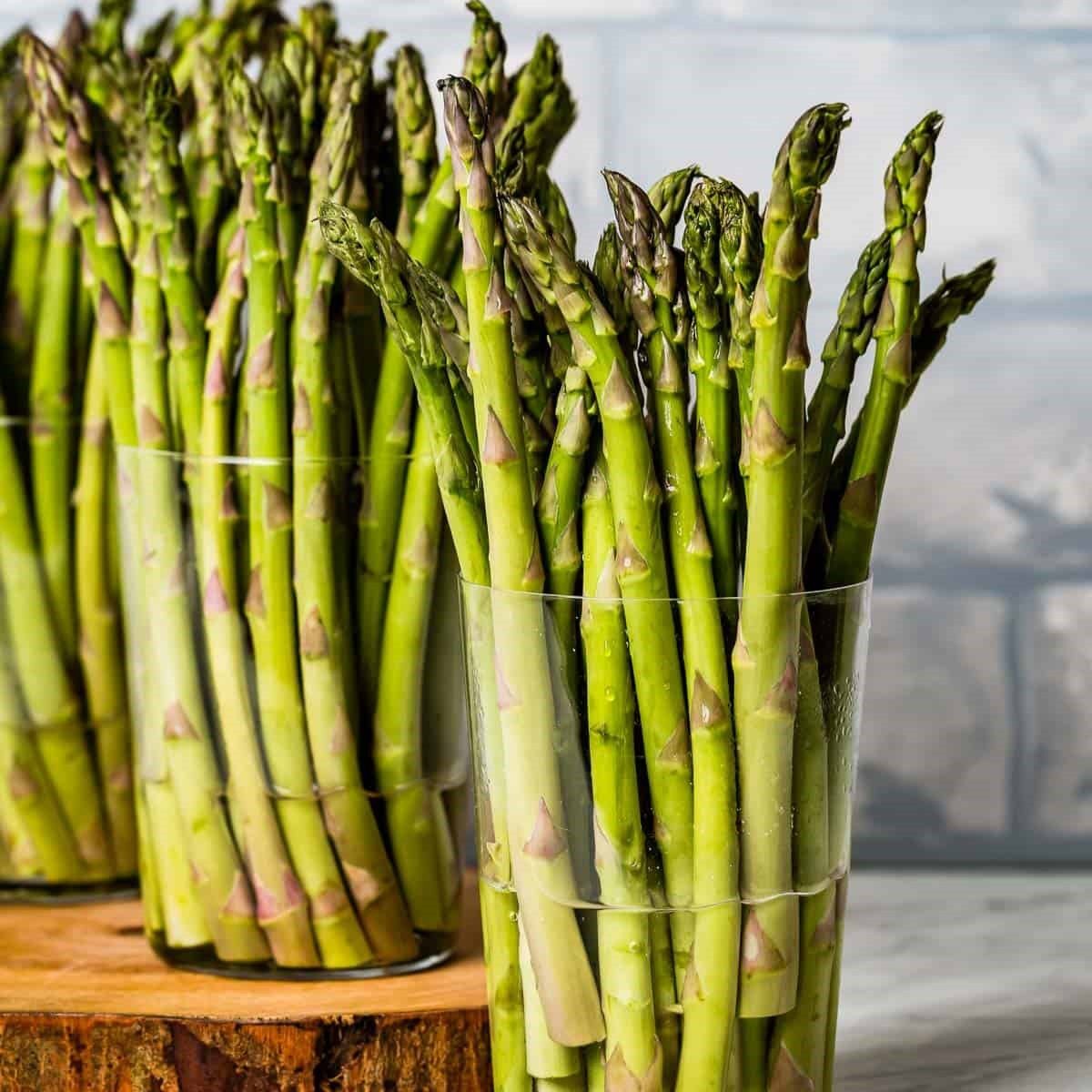

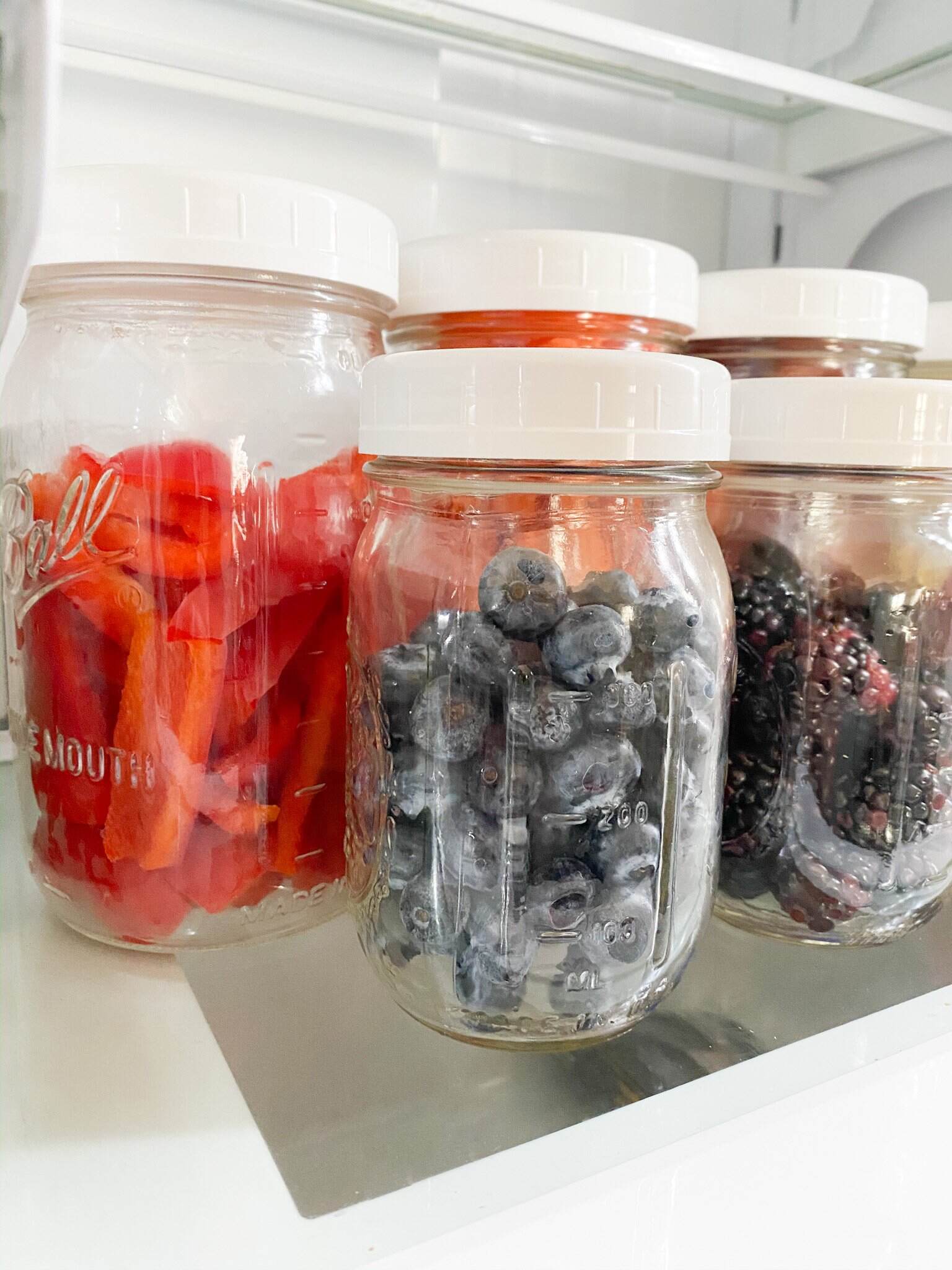
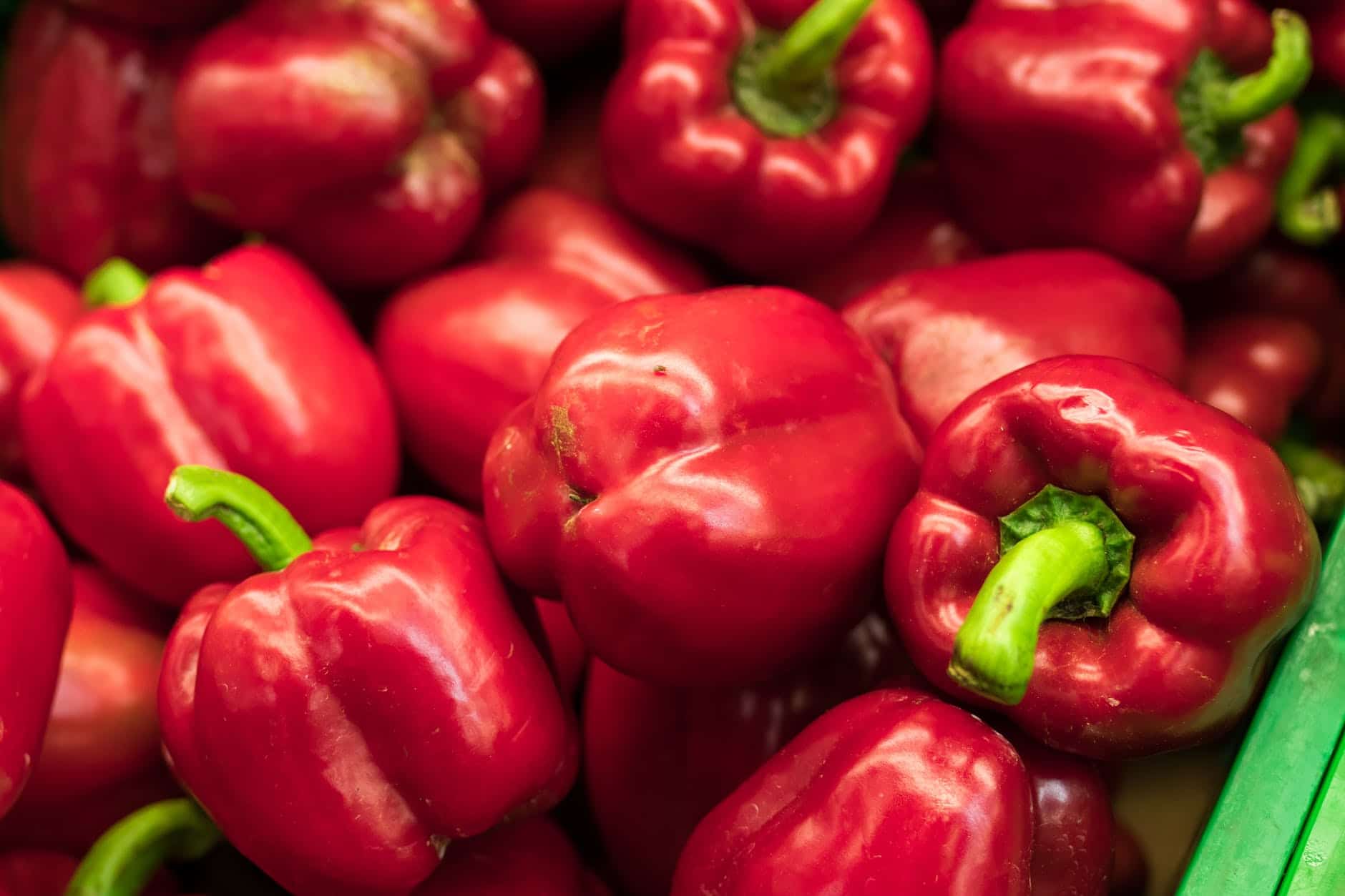

0 thoughts on “How To Store Tomatoes To Last Longer”